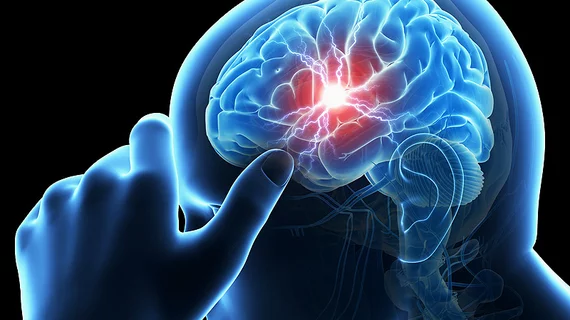Imaging findings help ID patients for aneurysm screening
Researchers have measured a link between the size of the arteries in a person's brain and their probability of experiencing a cerebral aneurysm, sharing their findings in Neurology. The group believes their analysis is the first of its kind.
“A subarachnoid hemorrhage is the most dangerous type of stroke and occurs when a brain aneurysm leaks or ruptures, causing bleeding into the brain, killing more than 50 per cent of affected people,” lead author Arjun Burlakoti, MD, with the school of health sciences at the University of South Australia, said in a prepared statement. “A lot of small, unruptured aneurysms go undetected in commonly used imaging techniques. They may not be diagnosed until they grow sufficiently to cause symptoms or rupture, often when it is too late.”
The researchers closely examined cerebral CT angiography results from 145 patients who received care from January 2011 to December 2019. Seventy-eight percent of patients were women, and the mean patient age was 60.9 years old.
Overall, the group found, individuals with asymmetric brain arteries have a much higher chance of developing an aneurysm.
When detected early, aneurysms can be managed by controlling blood pressure and making diet and lifestyle changes. Surgical intervention is also an option, but it comes with its own risks that must be considered.
“Based on our findings, MRI and CT angiograms will determine whether people have asymmetrical brain arteries and if so, they should be screened regularly for cerebral aneurysms,” Burlakoti added.
Read the full study here.
